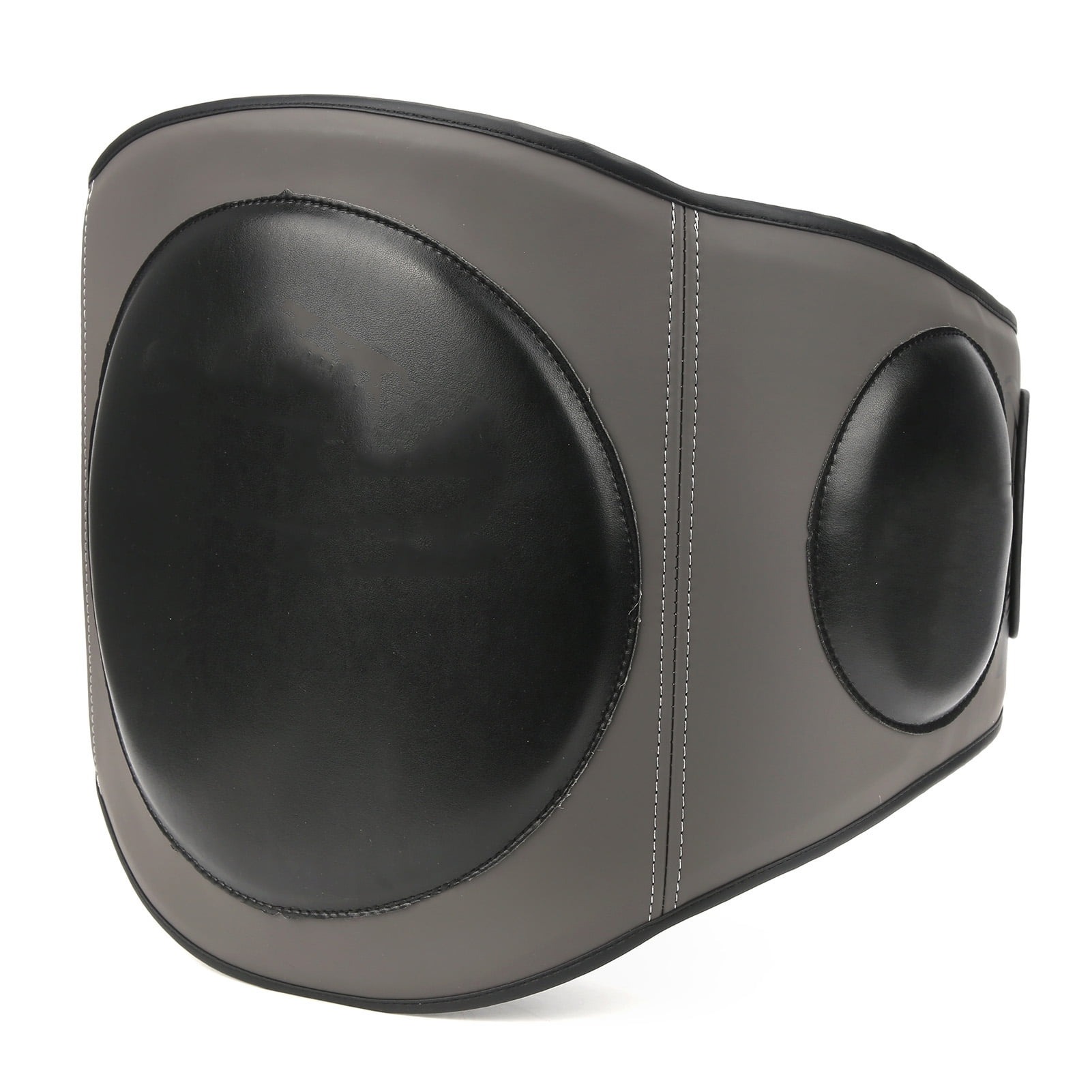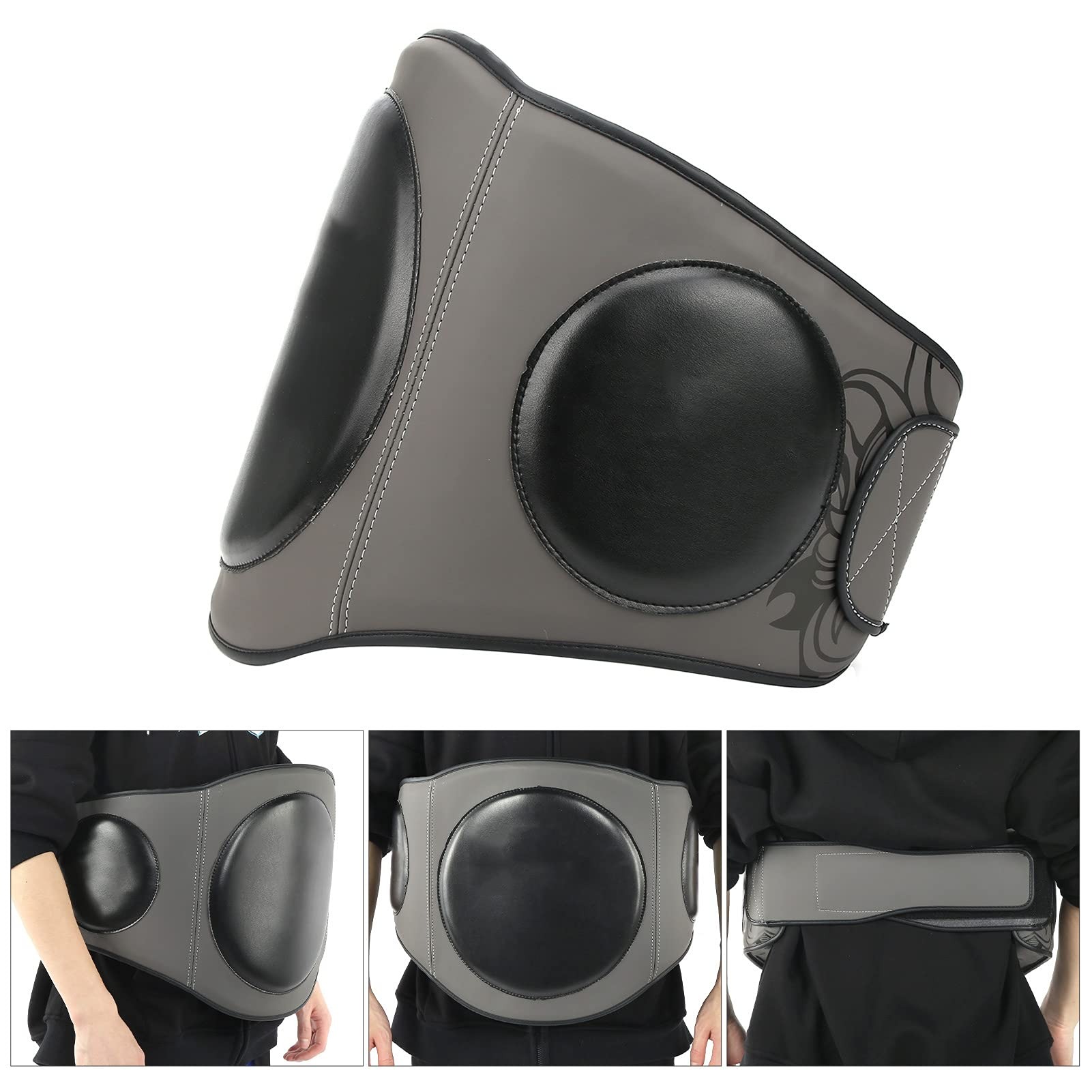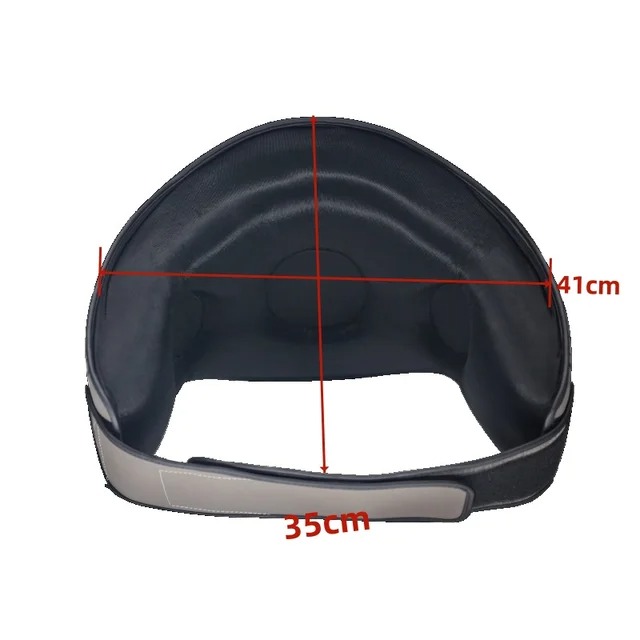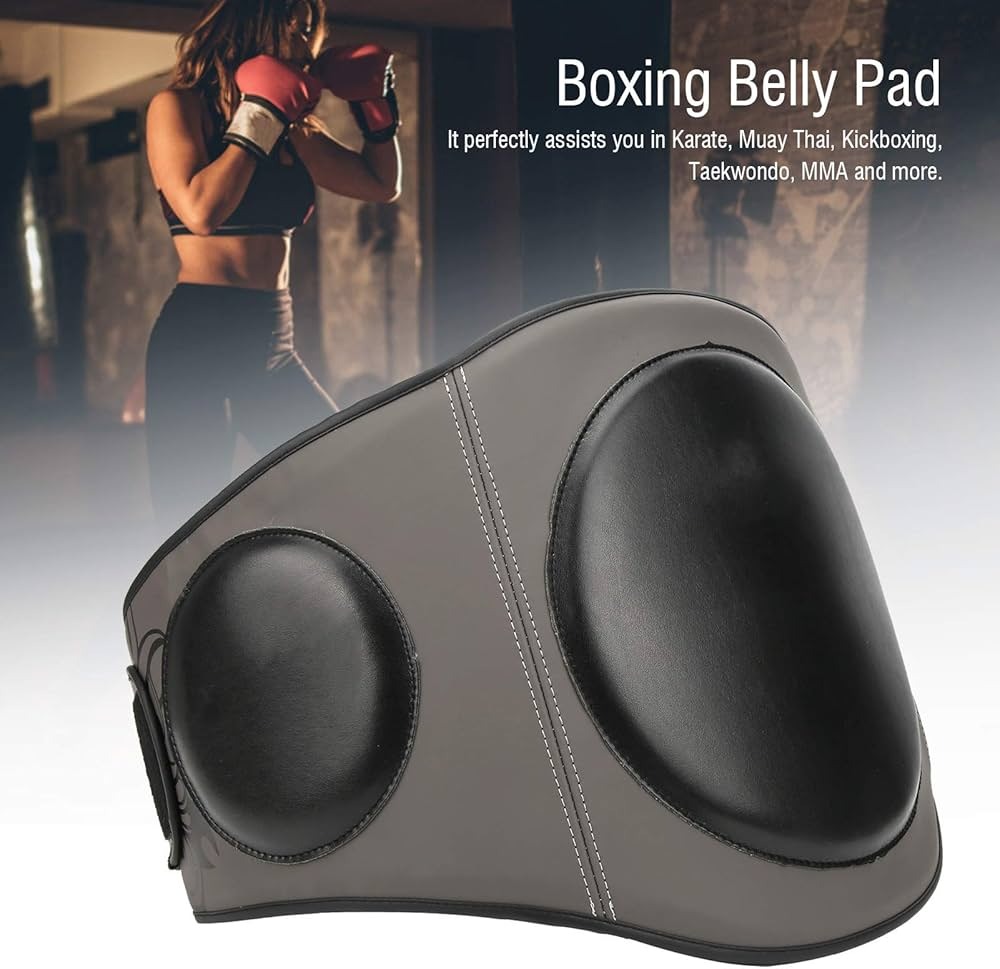Boxing Belly Guard Size Chart:
| Size | Waist Size | Approximate Body Type |
|---|---|---|
| Small (S) | 26–30 inches (66–76 cm) | Slim build, smaller frame |
| Medium (M) | 30–34 inches (76–86 cm) | Average build, most common size |
| Large (L) | 34–38 inches (86–97 cm) | Larger frame, muscular build |
| Extra Large (XL) | 38–42 inches (97–107 cm) | Larger or taller build |
Additional Considerations:
Adjustability:
- Most boxing belly guards feature adjustable straps or Velcro closures, allowing for flexibility in fitting. If you’re between sizes, choosing a larger size with adjustable straps might be a better option to ensure comfort and proper fit.
Elastic Waistbands:
- Some belly guards come with elastic bands or panels that stretch, offering additional room for comfort. This can be especially useful for a custom fit.
Fit Tips:
- Ensure that the belly guard fits snugly around your waist but still allows for freedom of movement. It should not be too tight (which might restrict movement or breathing) nor too loose (which could cause it to shift during activity).
- Consider how the guard feels when in motion—whether you’re sparring, holding pads, or training, the protector should stay in place.
How to Measure:
To determine your waist size for a belly guard:
- Use a soft measuring tape and measure around your waist at the level where you plan to wear the belly guard (usually around your natural waistline, just above your hips).
- Compare your measurement to the chart above to determine the appropriate size.
Final Tip:
Since size charts may vary slightly across brands, always verify the size details with the specific manufacturer’s guide or try the belly guard on if possible to ensure the best fit and comfort.






